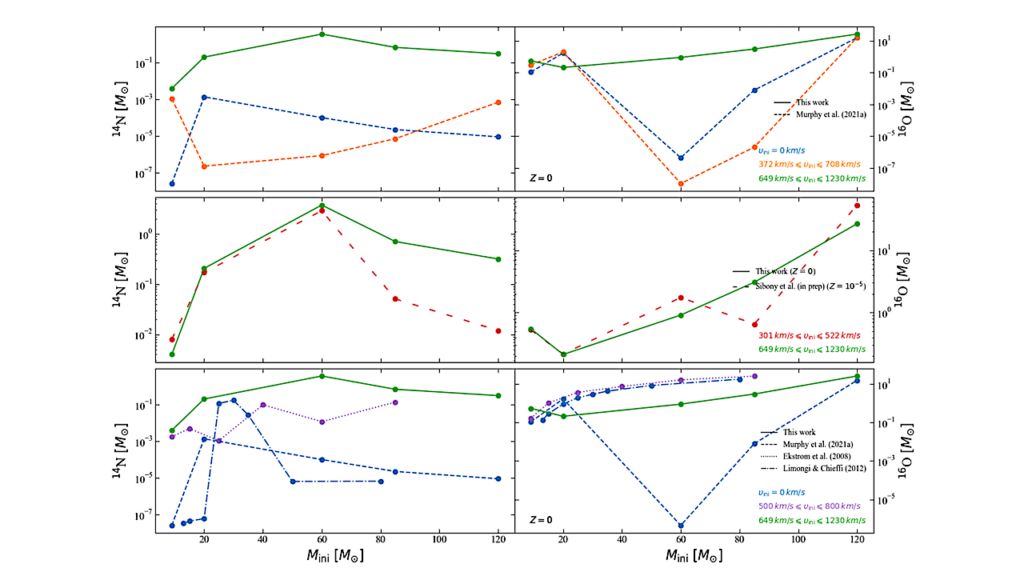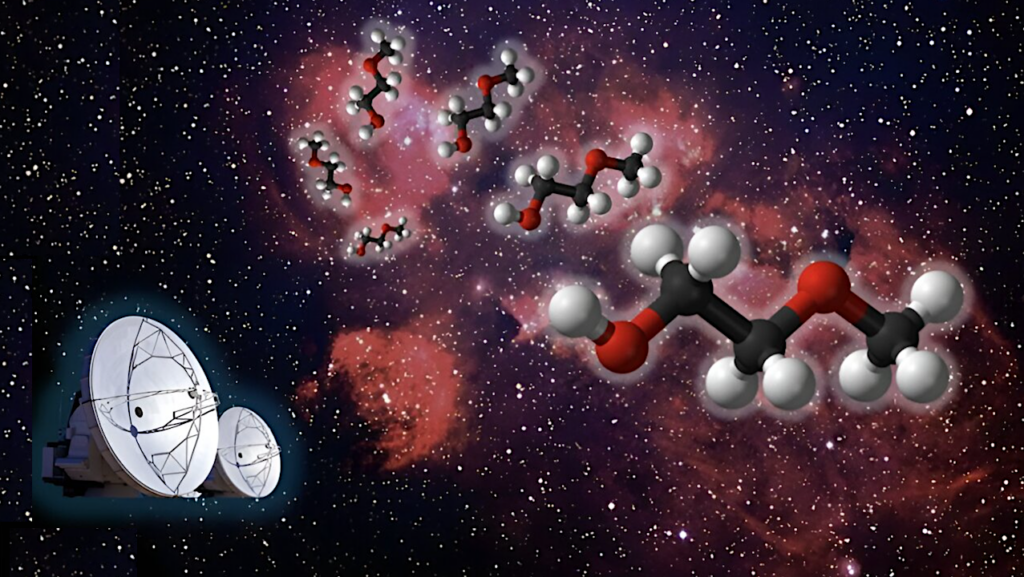CO, H2O, And CH4 In The Dusty Atmosphere Of A ≤5 Myr-old Exoplanet

Very young massive planets are sufficiently luminous by their internal heat of formation to permit detailed studies, including spectroscopy of their atmospheres with large telescopes at sufficient resolution (λ/Δλ≳1000) to identify major constituents to inform models of planet formation and early evolution.
We obtained 1-2.4μm (YJHK) spectra of the planetary-mass “b” companion of 2MASS~J04372171+2651014, a 1-3 Myr-old M dwarf member of the Taurus star-forming region, and one of the youngest such objects discovered to date. These indicate the presence of CO and possibly H2O and CH4 in the atmosphere, all suggesting a Teff of around 1200K, characteristic of a L-T transition spectral type and consistent with previous estimates based on its luminosity and age.
The absence or attenuation of spectral features at shorter wavelengths suggests the presence of micron-size dust, consistent with the object’s red color. The spectrum of 2M0437b resembles those of the HR 8799 planets, especially the innermost “b” planet, with the exception of a pronounced flux deficit in the H-band of uncertain origin.
Eric Gaidos, Teruyuki Hirano
Comments: accepted to MNRAS
Subjects: Earth and Planetary Astrophysics (astro-ph.EP); Solar and Stellar Astrophysics (astro-ph.SR)
Cite as: arXiv:2308.13745 [astro-ph.EP] (or arXiv:2308.13745v1 [astro-ph.EP] for this version)
Submission history
From: Eric Gaidos
[v1] Sat, 26 Aug 2023 03:11:22 UTC (1,615 KB)
https://arxiv.org/abs/2308.13745
Astrobiology, Astrochemistry,








